Table of Contents
What Is Dried Cilantro?
Dried cilantro is simply fresh cilantro (Coriandrum sativum) that has been dehydrated to preserve its flavor and aroma. While it may not have the same vibrant green color or fresh, zesty scent as its fresh counterpart, dried cilantro offers a more concentrated and earthy flavor profile that can elevate a variety of dishes.
Cilantro, also known as coriander leaves, is a staple in many cuisines around the world, especially in Mexican, Indian, and Southeast Asian cooking. When dried, it becomes a versatile spice that can be used in soups, stews, curries, salsas, and even baked goods.
According to the USDA Food Database, dried cilantro retains about 70-80% of the nutrients found in fresh cilantro, including vitamin K, vitamin C, and antioxidants. The drying process concentrates the flavor compounds, making it a potent ingredient for certain applications.
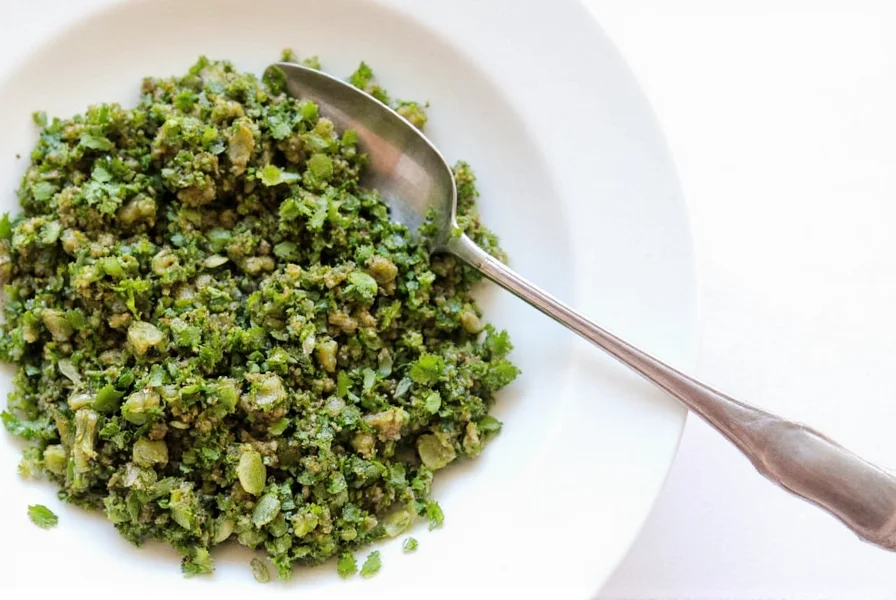
Why Choose Dried Cilantro?
When deciding between fresh and dried cilantro, consider these key factors:
- Longer Shelf Life: Unlike fresh cilantro, which tends to wilt quickly, dried cilantro can last for months if stored properly. According to the International Herb Association, properly stored dried cilantro maintains its flavor for 6-12 months.
- Convenience: Dried cilantro is easy to store and use. You don't need to worry about washing or chopping it before using it in your recipes. This makes it ideal for quick weeknight meals or when fresh cilantro isn't available.
- Intense Flavor: The drying process concentrates the flavors, making it ideal for dishes where a bold herb presence is needed. Chef Rodriguez notes that "dried cilantro works exceptionally well in slow-cooked dishes where it has time to rehydrate and release its full flavor."
- Consistency: Fresh cilantro can vary in flavor depending on the season and region, while dried cilantro offers a more consistent taste. This is particularly important for professional chefs who need reliable results in their recipes.
But remember, dried cilantro isn't a perfect substitute for fresh. It lacks the bright, citrusy notes that make fresh cilantro so distinctive. However, it works wonders in recipes where a deeper, more earthy flavor is desired. For example, in traditional Mexican mole sauces, dried cilantro is often preferred for its ability to blend seamlessly with other spices.
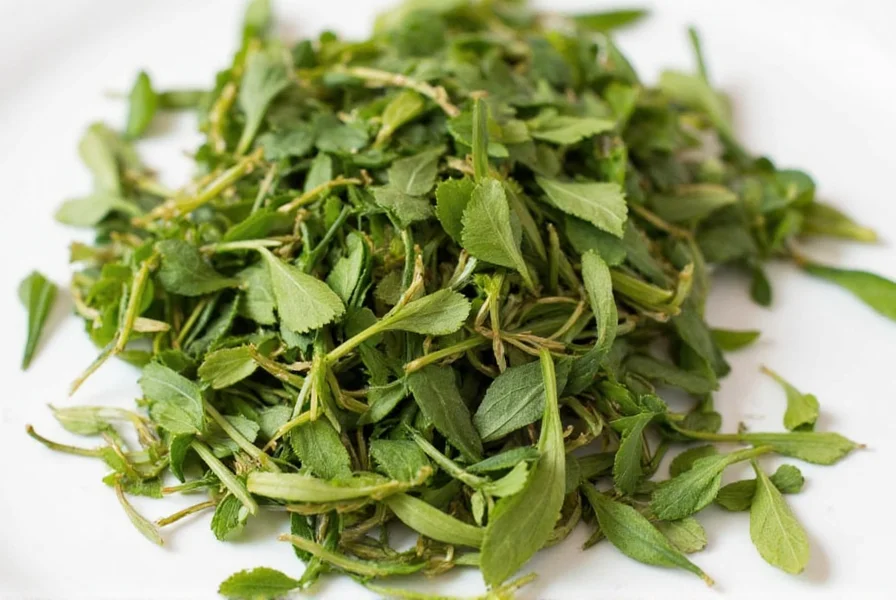
How to Use Dried Cilantro
Using dried cilantro is simple, but there are a few tips to ensure you get the best results. Here's how you can incorporate it into your cooking:
- Add It Early: Since dried herbs take longer to release their flavor, add them early in the cooking process—especially when making sauces, stews, or slow-cooked dishes. For example, when making a traditional Mexican red chile sauce, add dried cilantro with the other spices at the beginning of cooking to allow it to fully integrate with the other flavors.
- Use Sparingly: Dried cilantro is more potent than fresh. Start with a small amount and adjust to taste. A little goes a long way! Chef Rodriguez recommends using 1 teaspoon of dried cilantro for every 1 tablespoon of fresh cilantro called for in a recipe.
- Rehydrate If Needed: For some recipes, like soups or marinades, you can rehydrate the dried cilantro by soaking it in warm water for 10–15 minutes before adding it to the dish. This helps restore some of the texture and flavor that might be lost during the drying process.
- Pair With Other Spices: Dried cilantro pairs well with cumin, garlic, chili powder, and turmeric. It's a great addition to spice blends like garam masala or taco seasoning. For authentic Mexican flavors, combine dried cilantro with smoked paprika, oregano, and a touch of cinnamon.
Here's a quick tip from Chef Rodriguez: "When making a salsa or guacamole, stick with fresh cilantro. But for dishes like chilis, curries, or meat rubs, dried cilantro is a game-changer. In fact, in my recipe for slow-cooked pork carnitas, I use dried cilantro as part of the marinade because it infuses the meat with deep, earthy flavors that fresh cilantro can't achieve."
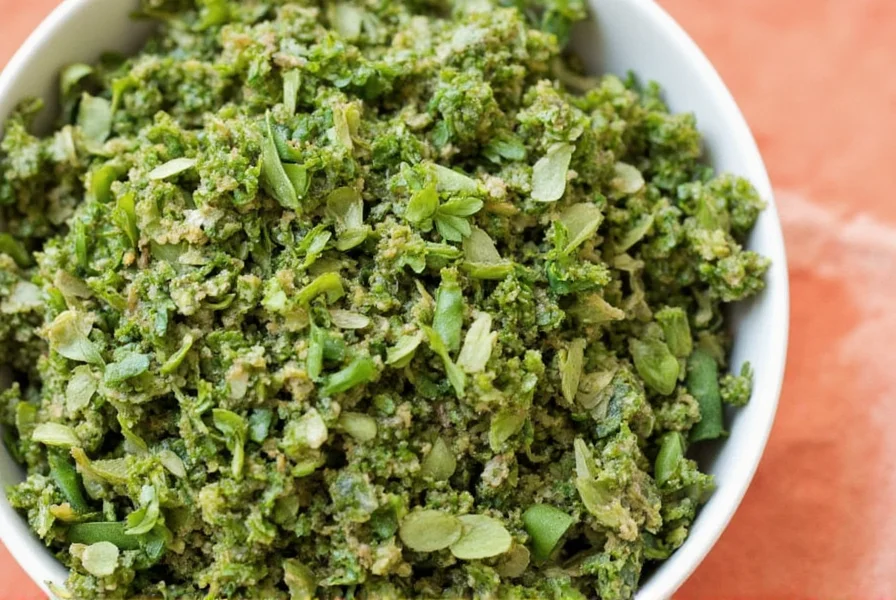
Tips for Storing Dried Cilantro
To keep your dried cilantro at its best, follow these storage tips:
- Keep It Dry: Moisture is the enemy of dried herbs. Store your cilantro in an airtight container away from humidity. Chef Rodriguez recommends using glass jars with tight-fitting lids to preserve freshness.
- Store in a Cool, Dark Place: Exposure to heat and light can cause the oils in the herbs to break down, reducing their potency and flavor. The National Center for Home Food Preservation suggests storing dried herbs in a pantry or cupboard away from the stove or oven.
- Label and Date It: To avoid confusion, label your containers with the date you purchased or dried the cilantro. Freshly dried herbs will have the strongest flavor. For professional chefs, this is critical for maintaining consistent quality in recipes.
- Freeze for Long-Term Storage: If you have a large quantity, freeze the dried cilantro in an airtight bag. This helps preserve its flavor and aroma for up to a year. According to the USDA, freezing is one of the best ways to preserve the quality of dried herbs for extended periods.
A good rule of thumb is to use your dried cilantro within 6-12 months for optimal flavor. If it starts to smell stale or lose its color, it's time to replace it.
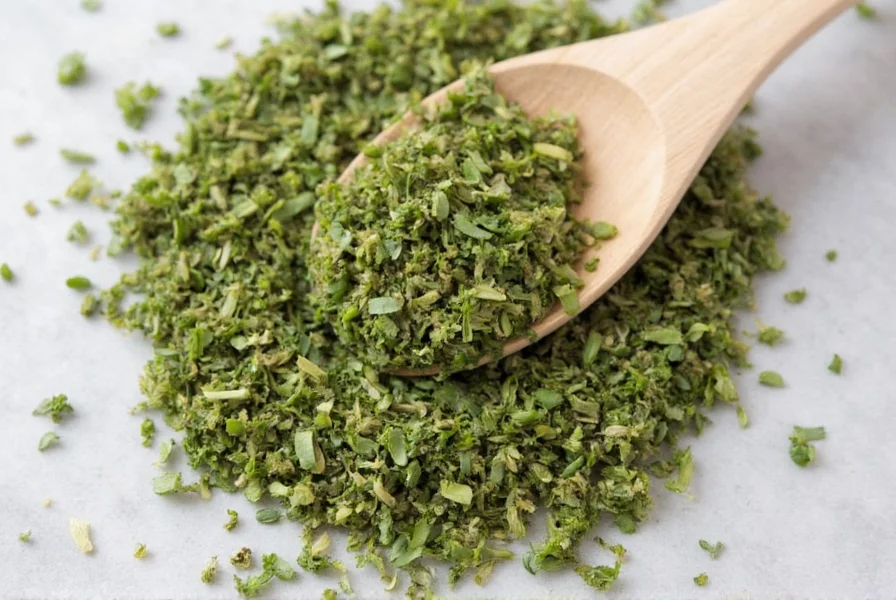
| Product Type | Best For | Flavor Profile | Price Range | Where to Buy | Expert Recommendation |
|---|---|---|---|---|---|
| Organic Whole Leaf | Slow-cooked dishes, soups, stews | Earthy, concentrated, robust | $8-$15 per 4 oz | Specialty grocery stores, online retailers like Thrive Market | "Ideal for traditional Mexican mole sauces where depth of flavor is key"—Chef Rodriguez |
| Ground Powder | Spice blends, rubs, baked goods | Milder, smoother integration | $6-$12 per 2 oz | Supermarkets, Amazon, Walmart | "Perfect for taco seasoning and curry powders where even distribution is important"—Chef Rodriguez |
| Freeze-Dried | Salads, garnishes, quick-cooking dishes | Brighter, closer to fresh | $10-$18 per 3 oz | Health food stores, online specialty shops | "Best option when you need fresh-like flavor but need the convenience of dried"—Chef Rodriguez |
Frequently Asked Questions
How much dried cilantro equals fresh cilantro?
Generally, you should use one-third the amount of dried cilantro compared to fresh. Since dried cilantro is more concentrated, 1 teaspoon of dried cilantro equals about 1 tablespoon of fresh cilantro. For slow-cooked dishes, you can use a 1:2 ratio (1 tsp dried to 2 tbsp fresh), while for quick-cooking dishes, use a 1:3 ratio.
Can I substitute dried cilantro for fresh in recipes?
Yes, but with considerations. Dried cilantro works best in cooked dishes like soups, stews, curries, and meat rubs where its earthy flavor can shine. For raw applications like salsas, guacamole, or fresh garnishes, fresh cilantro is preferable for its bright, citrusy notes. When substituting, start with less dried cilantro and adjust to taste—it's more potent than fresh.
Why does my dried cilantro taste different from fresh?
The drying process changes the flavor profile. Fresh cilantro has bright, citrusy notes while dried cilantro develops a more earthy, concentrated flavor. This is normal and can actually be preferable in certain dishes that benefit from deeper herbal notes. The volatile compounds responsible for the "soapy" taste some people detect in fresh cilantro are reduced during drying, making dried cilantro more universally palatable.
How long does dried cilantro last?
When stored properly in an airtight container away from light and moisture, dried cilantro maintains its best flavor for 6-12 months. After that, it won't spoil but will gradually lose potency and aroma. To test freshness, crush a small amount between your fingers—if you can't smell it, it's time to replace it.
What's the best way to rehydrate dried cilantro?
For best results, soak dried cilantro in warm water for 10-15 minutes before using. You can also steep it in warm broth or tomato juice for added flavor. Drain excess liquid before adding to your dish. For soups or stews, you can add it directly to the cooking liquid—it will rehydrate as the dish simmers.
Can I make dried cilantro at home?
Absolutely! You can dry cilantro by hanging bunches upside down in a cool, dry place, using a food dehydrator, or spreading leaves on a baking sheet in a low-temperature oven (170°F for 2-4 hours). For best results, remove stems before drying and store the completely dried leaves in an airtight container away from light. Home-dried cilantro typically lasts 6-9 months.
What are the best dishes for dried cilantro?
Dried cilantro shines in slow-cooked dishes like chili, stews, and curries where it has time to rehydrate and release its flavor. It's also excellent in spice blends (taco seasoning, garam masala), meat rubs, and baked goods like cornbread. For Mexican cuisine, it's particularly good in mole sauces, where its earthy notes complement chocolate and spices. Avoid using it in fresh applications like salsas or guacamole where fresh cilantro's bright citrus notes are essential.
Conclusion
Dried cilantro is a flavorful and practical alternative to fresh cilantro, offering convenience, longevity, and a rich herbal depth that enhances a wide range of dishes. Whether you're a seasoned chef or just starting out, understanding how to use and store dried cilantro can elevate your cooking and bring new dimensions to your favorite recipes.
As Chef Rodriguez notes: "Dried cilantro isn't just a substitute—it's a different ingredient with its own unique qualities. When used appropriately, it can add depth and complexity to dishes that fresh cilantro simply can't achieve."

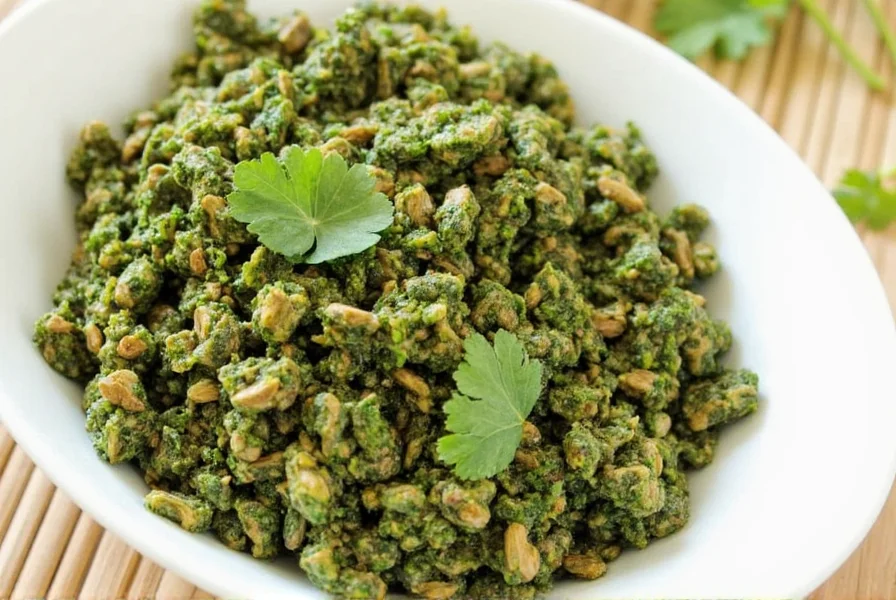









 浙公网安备
33010002000092号
浙公网安备
33010002000092号 浙B2-20120091-4
浙B2-20120091-4